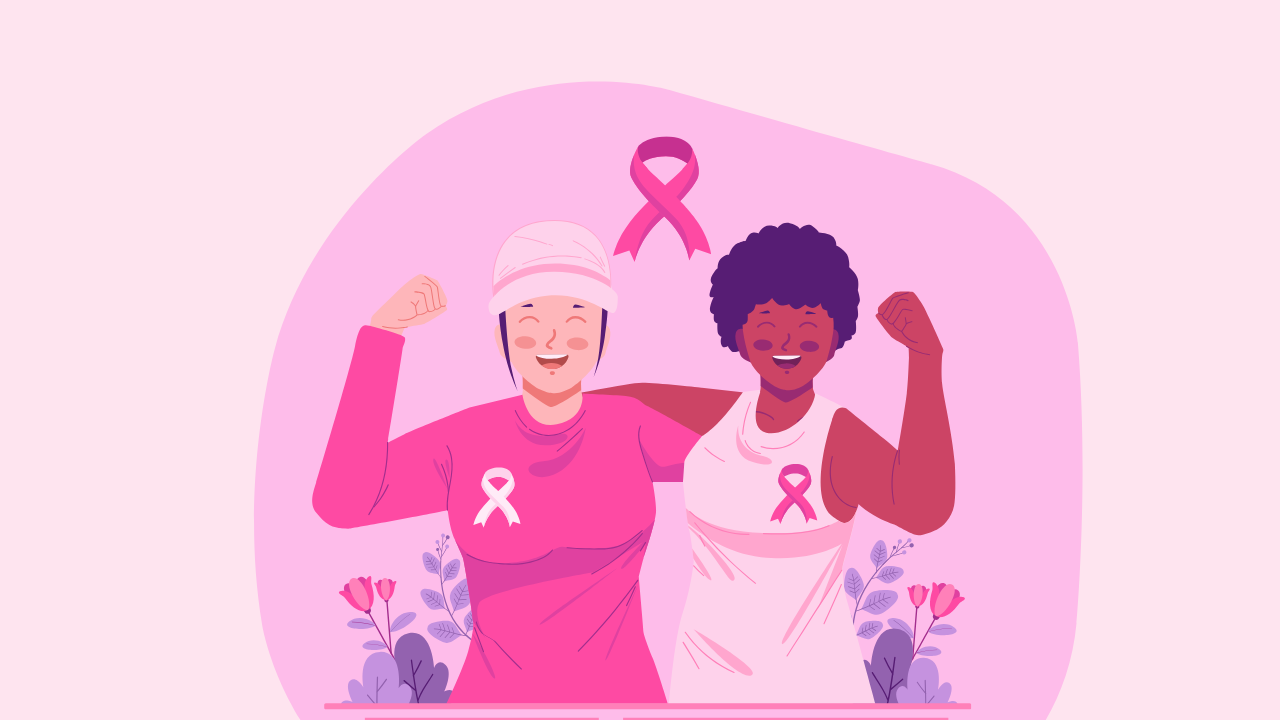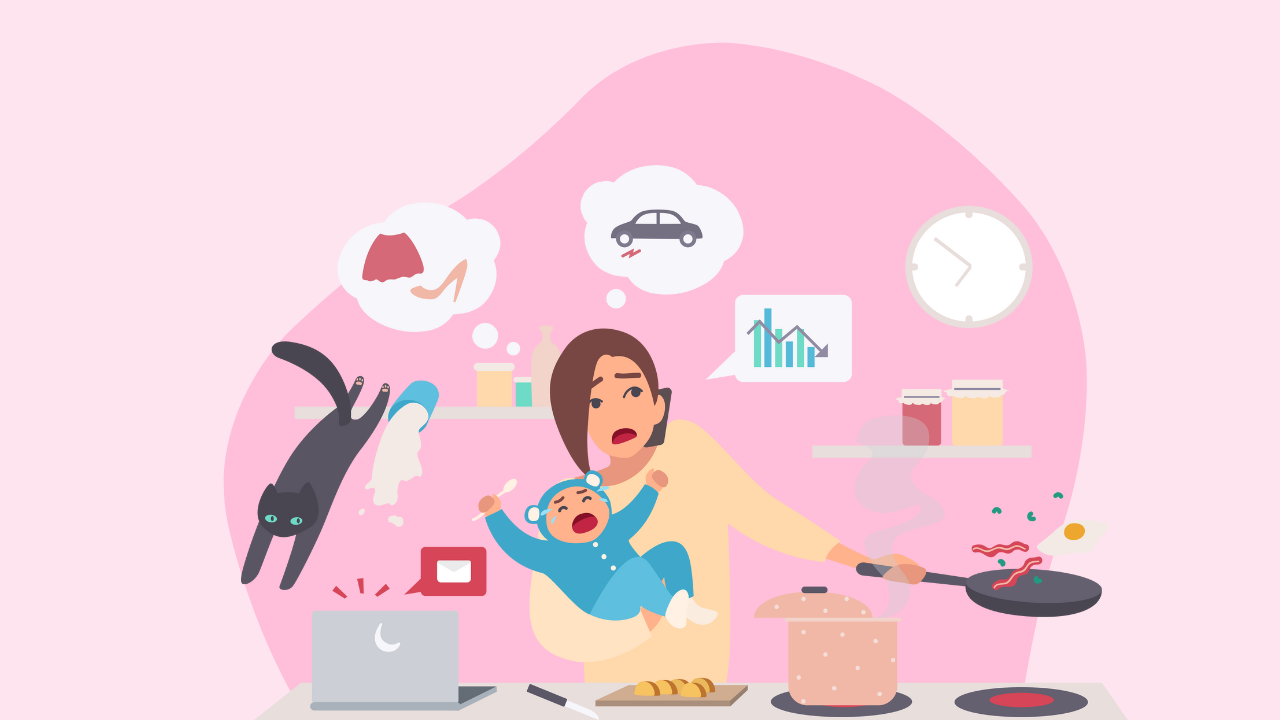Called Back After a Mammogram? Here's What to Expect

Getting a callback after a mammogram can be unsettling, but it doesn’t always mean something is wrong. In fact, according to the American Cancer Society, about 10 percent of women are called back after a screening mammogram, and most of those callbacks do not result in a cancer diagnosis. It usually means the radiologist needs a closer look or additional views to clarify something seen on the initial images. This is especially common if it's your first mammogram or if you have dense breast tissue.
There are two common reasons why you might get called back.
It’s your first mammogram.
When you don’t have prior images for comparison, the radiologist doesn’t have a baseline to measure what’s normal for you. This can make it harder to determine whether a shadow or mass is a true concern or simply part of your individual anatomy. Additional views can provide clarity and allow for a more accurate read moving forward.
You have dense breast tissue.
Breast density refers to the amount of fibrous and glandular tissue compared to fatty tissue in the breast. Dense tissue appears white on a mammogram, which is also how potential tumors show up, making it harder to distinguish between the two. There are four density categories—almost entirely fatty, scattered fibroglandular, heterogeneously dense and extremely dense—with the latter two making detection more challenging. According to the FDA, as of September 11, 2024, all mammography facilities are now required to inform patients about their breast density in written reports. This new guideline helps women understand how density may impact screening accuracy and what next steps may be necessary.
For those with dense breasts, supplemental imaging may be recommended to enhance visibility and improve detection. In addition to diagnostic mammograms, options may include breast ultrasound, which uses sound waves to capture images of breast tissue; breast MRI, which can identify small lesions not visible on a mammogram; or tomosynthesis, also known as 3D mammography, which creates a layered view of the breast to improve detection in dense areas.
These choices can feel overwhelming, especially if you don’t know what to ask or how to advocate for more personalized screening. That’s where the Feel For Your Life app becomes an essential companion. With features like symptom tracking, self-exam education and BreastFriend AI, the app helps you build awareness and confidence long before you reach the screening room. You can log changes, monitor patterns and prepare questions to guide your conversations with providers
Getting called back may be unnerving, but it’s often just the next step in making sure nothing gets missed. You've got this.







